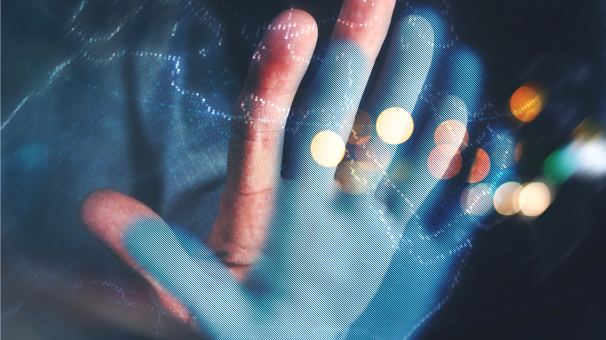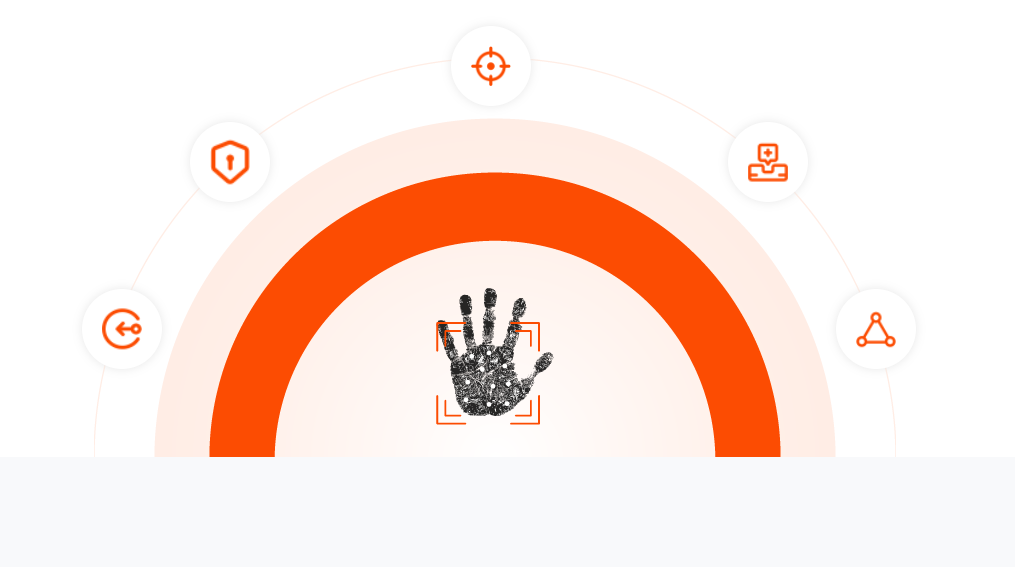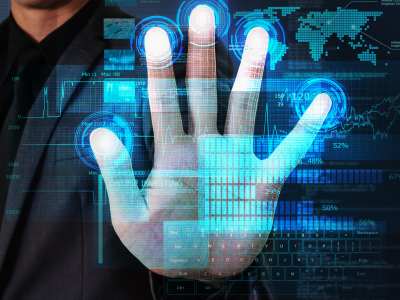Palm recognition technology is applied in numerous fields, including security, payment, banking, healthcare, and hospitality.From secure access to facilities and devices, to identification for financial transactions, patient verification in healthcare, and personalized guest experiences in hospitality, the applications are broad and burgeoning.





